Subscribe to Our Newsletter
New Ad Portfolio: Advertising Creative Guidelines
About the New Ad Portfolio
The IAB New Ad Portfolio replaces all the previous creative display guidelines for mobile and desktop – including the Universal Ad Package (UAP), rich media units, and other ad units’ related guidance. Streamline design and cross-screen production in this mobile world.
The new ad units are based on aspect ratio and size range rather than fixed pixel sizes. Flexible sized ad units allow for ad delivery across multiple screen sizes and integration with responsive website design. The creative design can scale to different screen sizes.
Our working group has prepared these final portfolio guidelines along with some transition guidance and frequently asked questions, based on all the feedback received on the draft of the technical specifications and some extensive testing.
The Interactive Advertising Bureau released a complete overhaul of the IAB Standard Ad Unit Portfolio, updating its digital ad formats to adapt across screens, and to incorporate the LEAN Principles of lightweight, encrypted, AdChoices supported, and non-invasive advertising.
Transition Now!
Transition now to the IAB New Standard Ad Unit Portfolio: Lightweight, Cross-Screen, and Flexible size ads that implement LEAN principles.
The IAB Tech Lab Ad Portfolio Working Group has developed comprehensive recommendations of advertising experiences across diverse digital landscape including websites, mobile apps, social media, communication, and messaging experiences as well as new digital experiences like virtual reality and augmented reality.
The IAB New Standard Ad Unit Portfolio (“IAB New Ad Portfolio”) covers the follow ad types:
- Display ads
- Native ads
- New media experiences like Emoji ads, 360-degree image and video ads, Virtual reality ads and Augmented reality ads
It emphasizes on better user experience, faster load performance and non-disruptive ad content based on the following principles:
- Respect: A consumer’s primary objective is consuming publisher content
- Control: A consumer has control over his/her advertising experience
- Choice: A consumer decides what content he/she wants to experience and for how long
Ad Type Specifications
- Fixed Size Ad Specifications (PDF)
- Flexible Size Ad Specifications (PDF)
- Flexible Ad Sizes: Publisher Guide and Examples (Online Documentation)
- Native Ad Specifications (PDF)
- New Media Ad Experiences Guidelines: AR, VR, Emoji & 360 (PDF)
Lightweight Ads
- Lightweight Ad Guidelines (PDF)
- Advertiser Guide for Light Weight Ads (Blog Post)
- What does it mean to be LEAN? (Blog Post)
General Guidance
- Complete New Ad Portfolio Guidelines (PDF)
- Quick Guide (Excel)
- New Ad Experience Guidelines (aligned with CBA Better Ads Standards) (PDF)
Other Documentation
Support
Examples
Visual examples of different ad types are displayed below:
- Aspect Ratio
- LEAN Ad Guidelines: Examples of Dos and Don’ts
- Augmented Reality (AR), Virtual Reality (VR), 360-Degree Video Ads, and More New Digital Content Experiences (Video Examples)
Aspect Ratio Examples
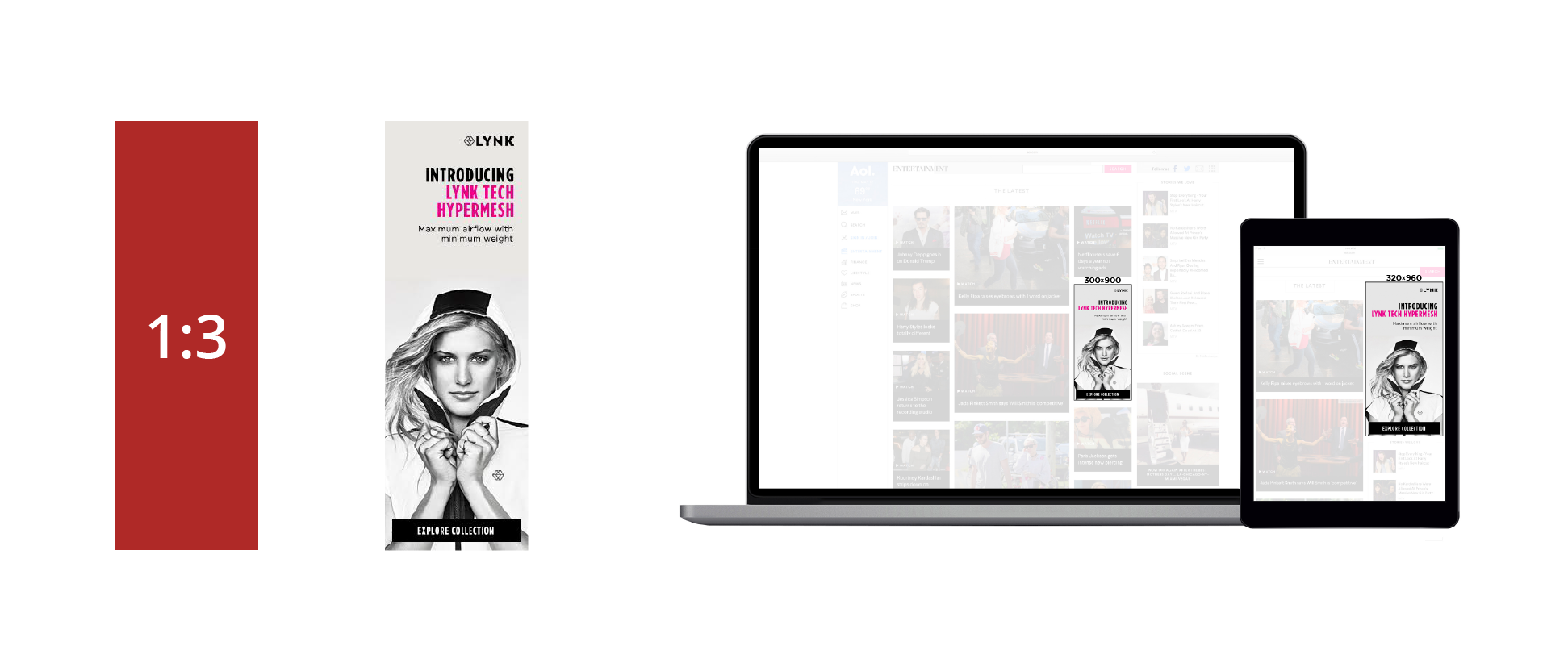
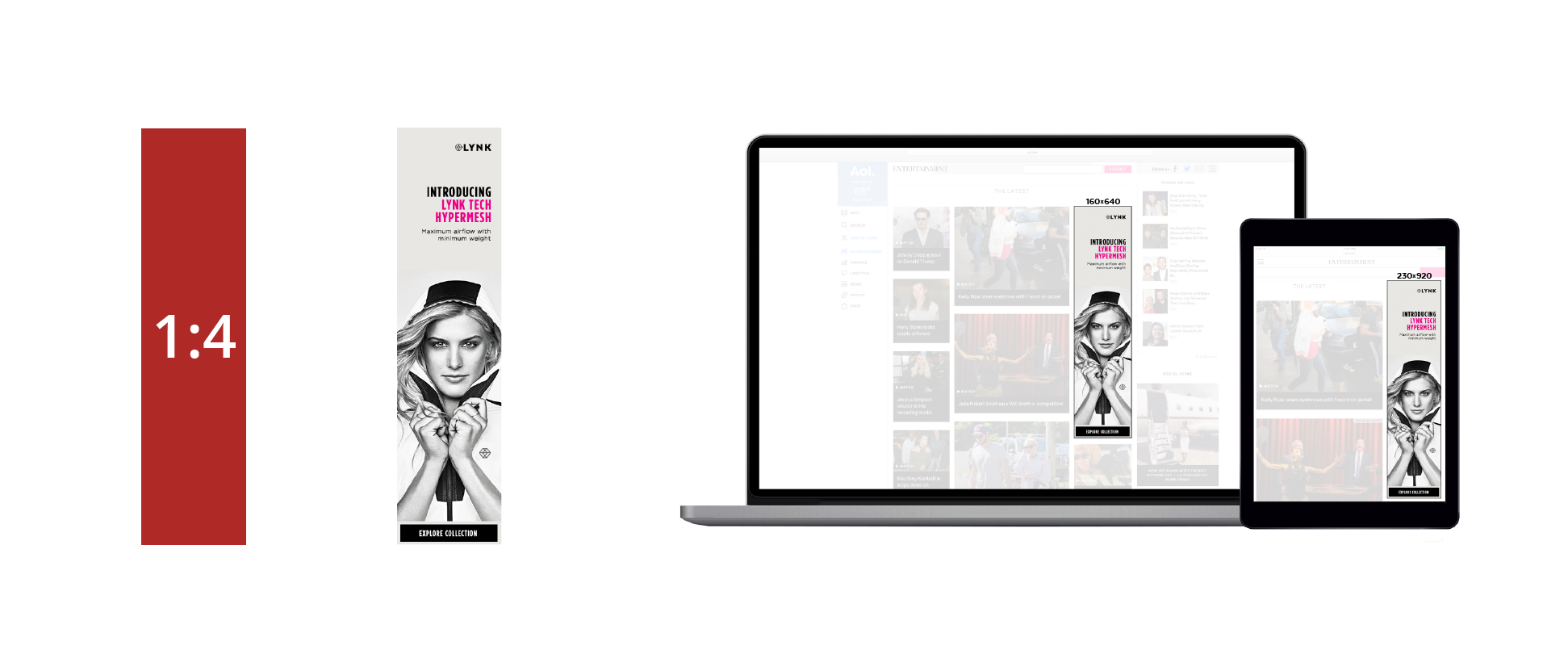
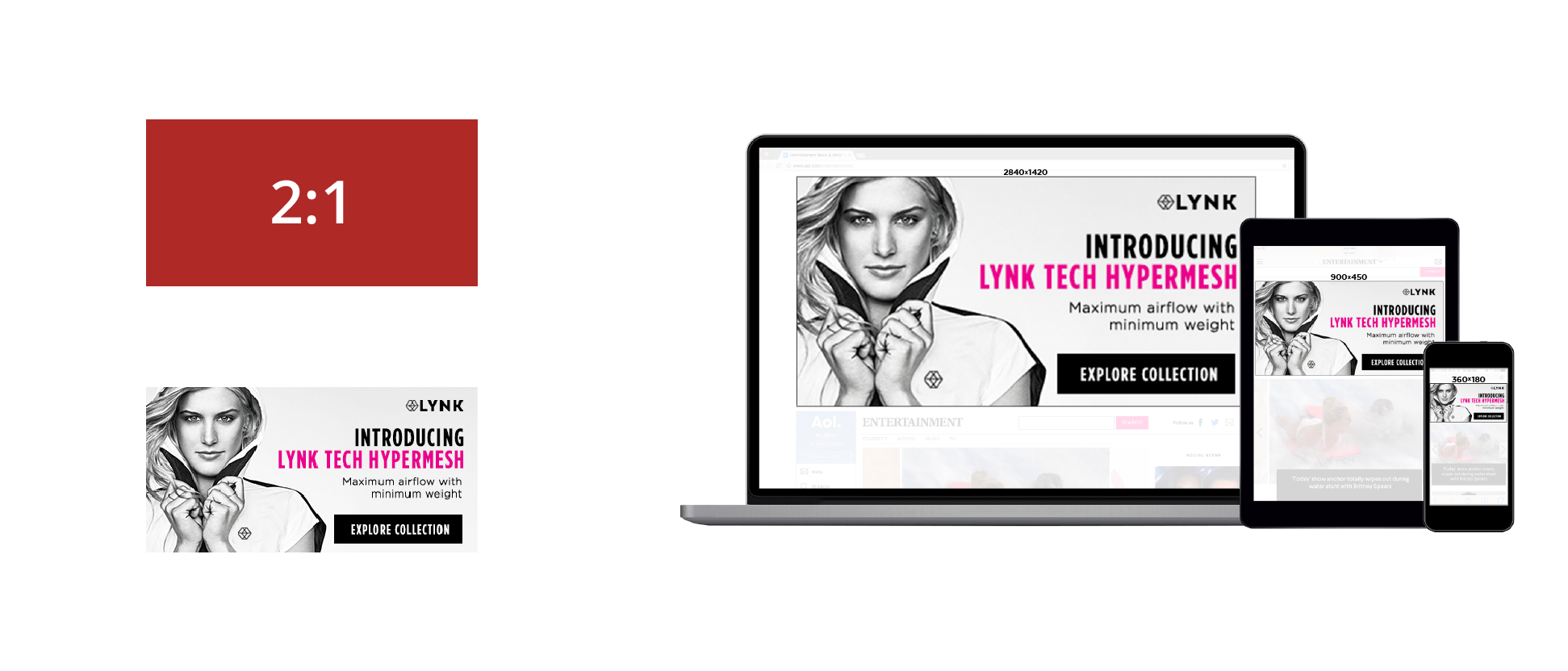
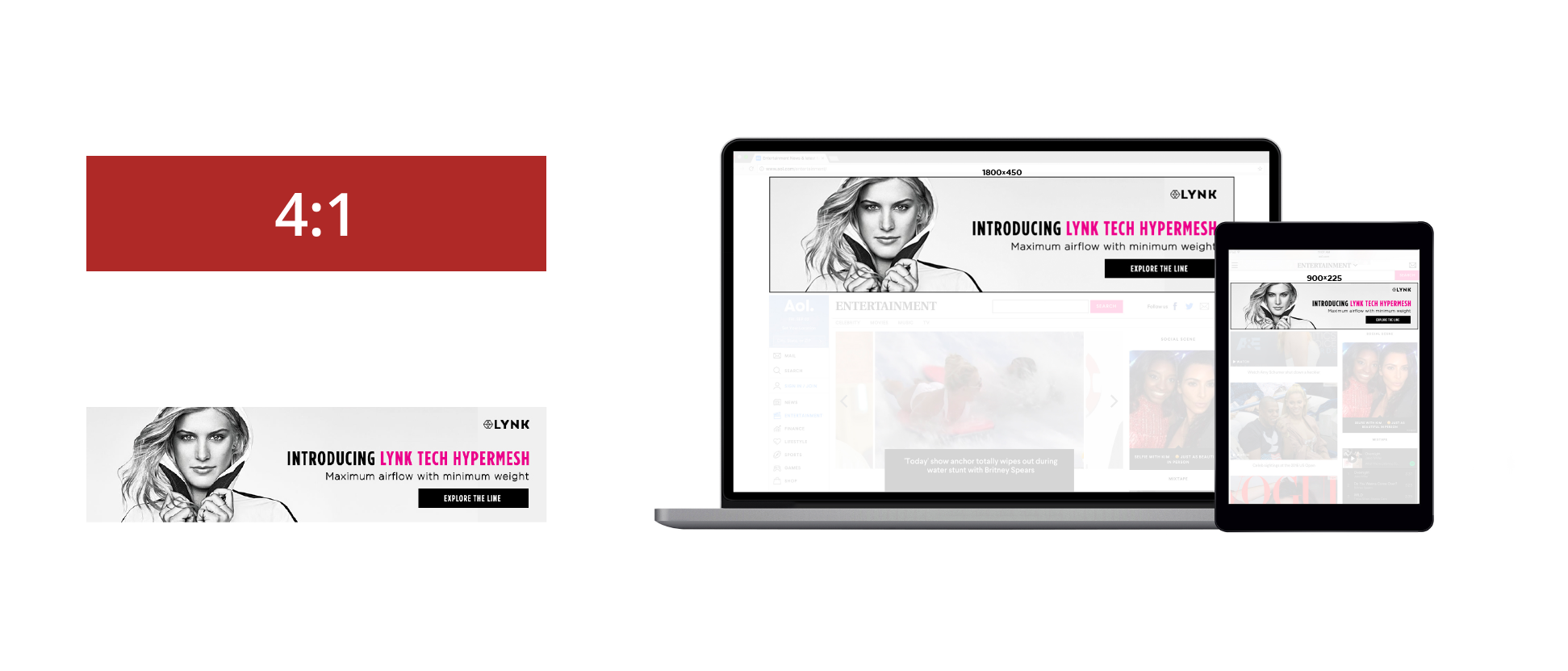
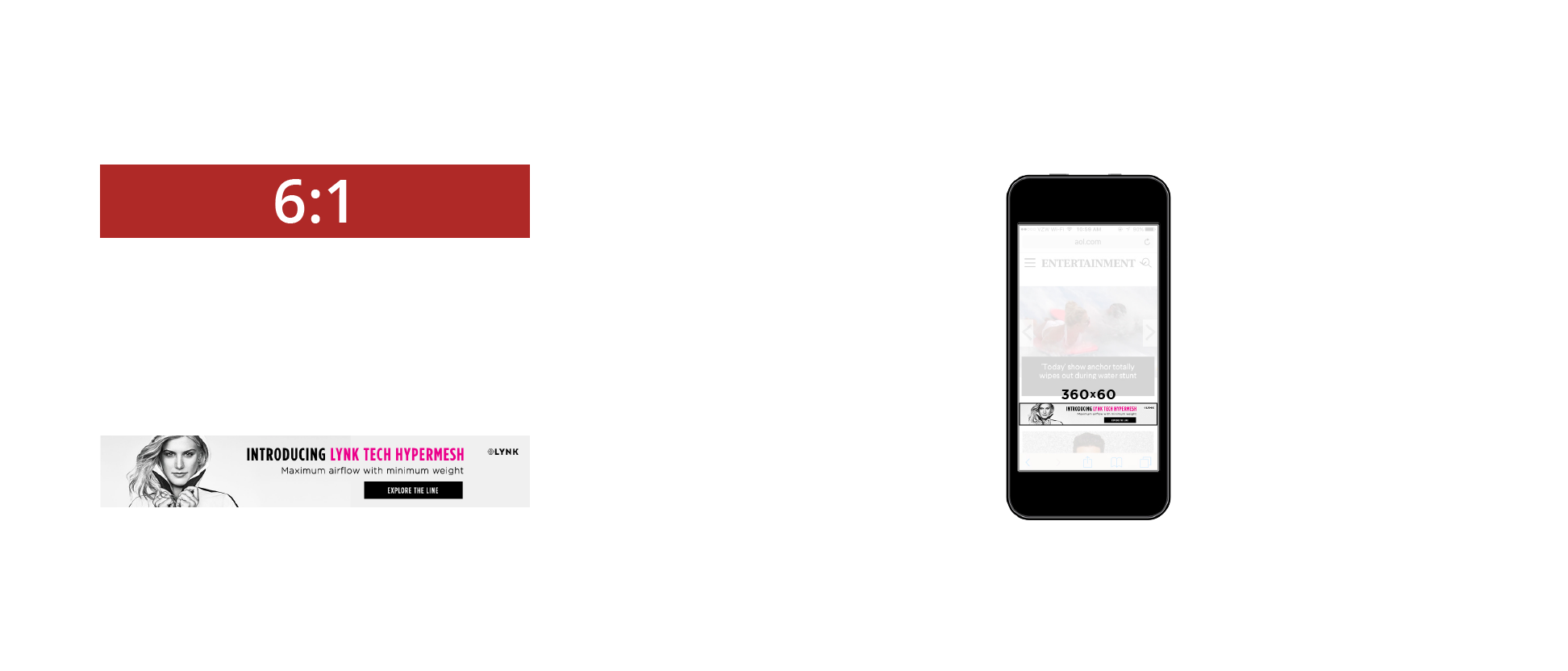
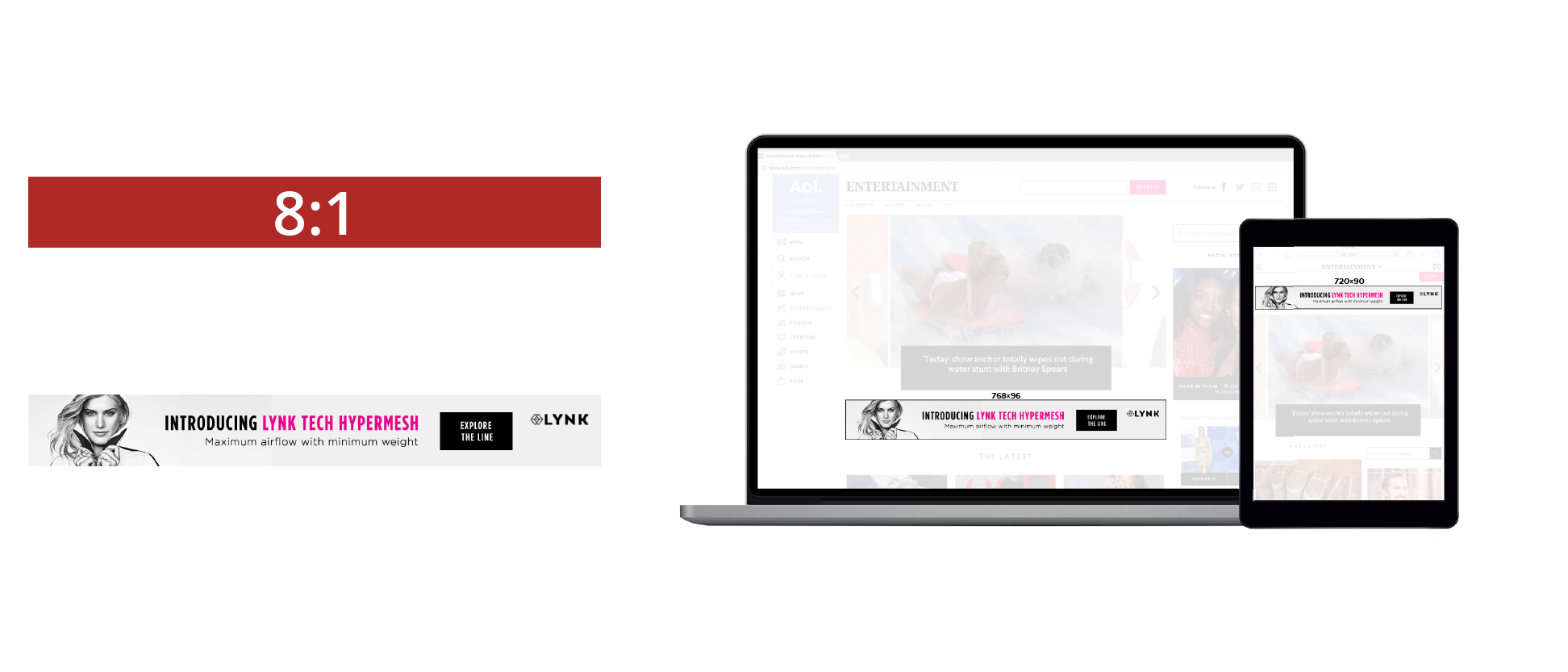
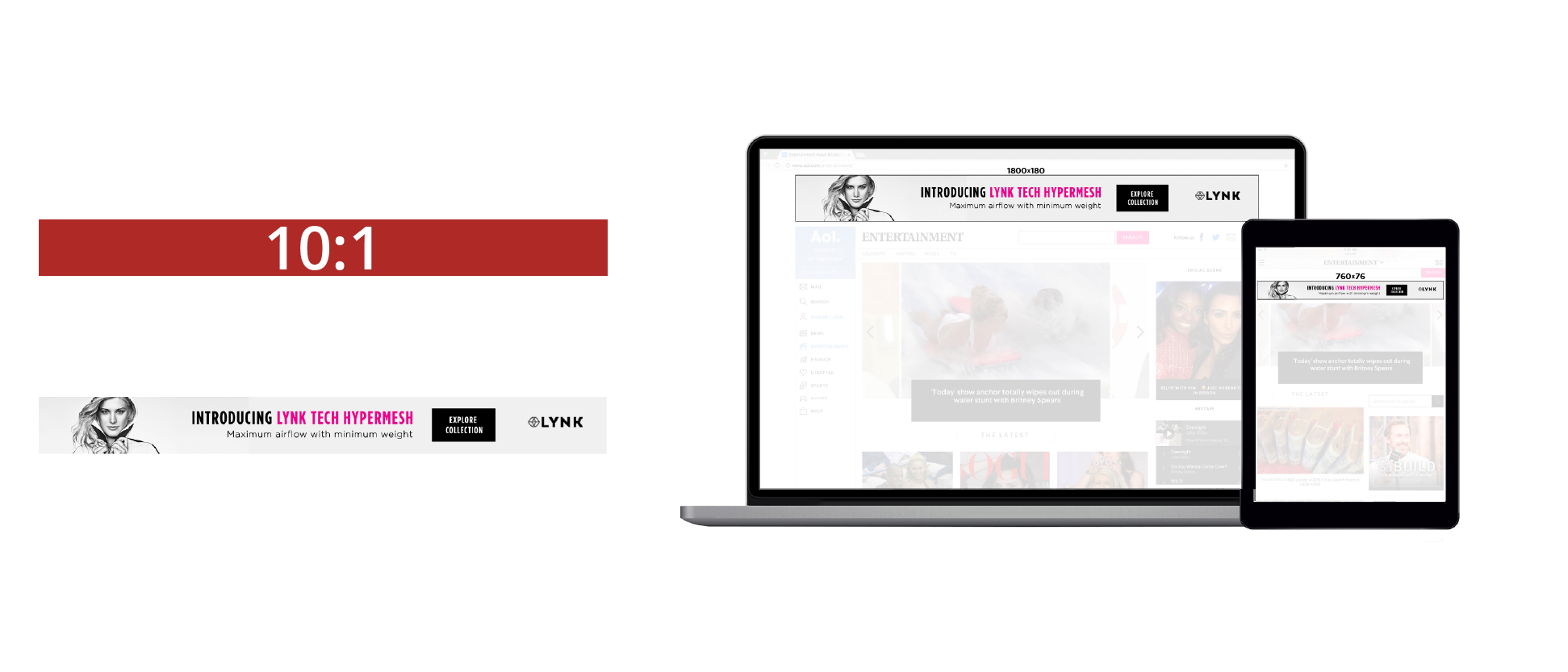
LEAN Ad Guidelines: Examples of Dos and Don’ts
Smartphone – Anchored Expandable
Ratio: 2:3
Guideline says: YES!

Smartphone – Interstitial
Ratio: 2:3
Guideline says: YES!

Smartphone – No Pop-ups
Ratio: 2:3
Guideline says: NO!

Tablet – Full screen expandable
Ratio: 5:3
Guideline says: YES!

Tablet – No Fixed Size Expansions
Ratio: 4:3
Guideline says: NO!

Tablet – No Countdown
Ratio: 4:3
Guideline says: NO!

Mobile Adhesion Banner
Ratio: 3:1
Guideline says: YES!
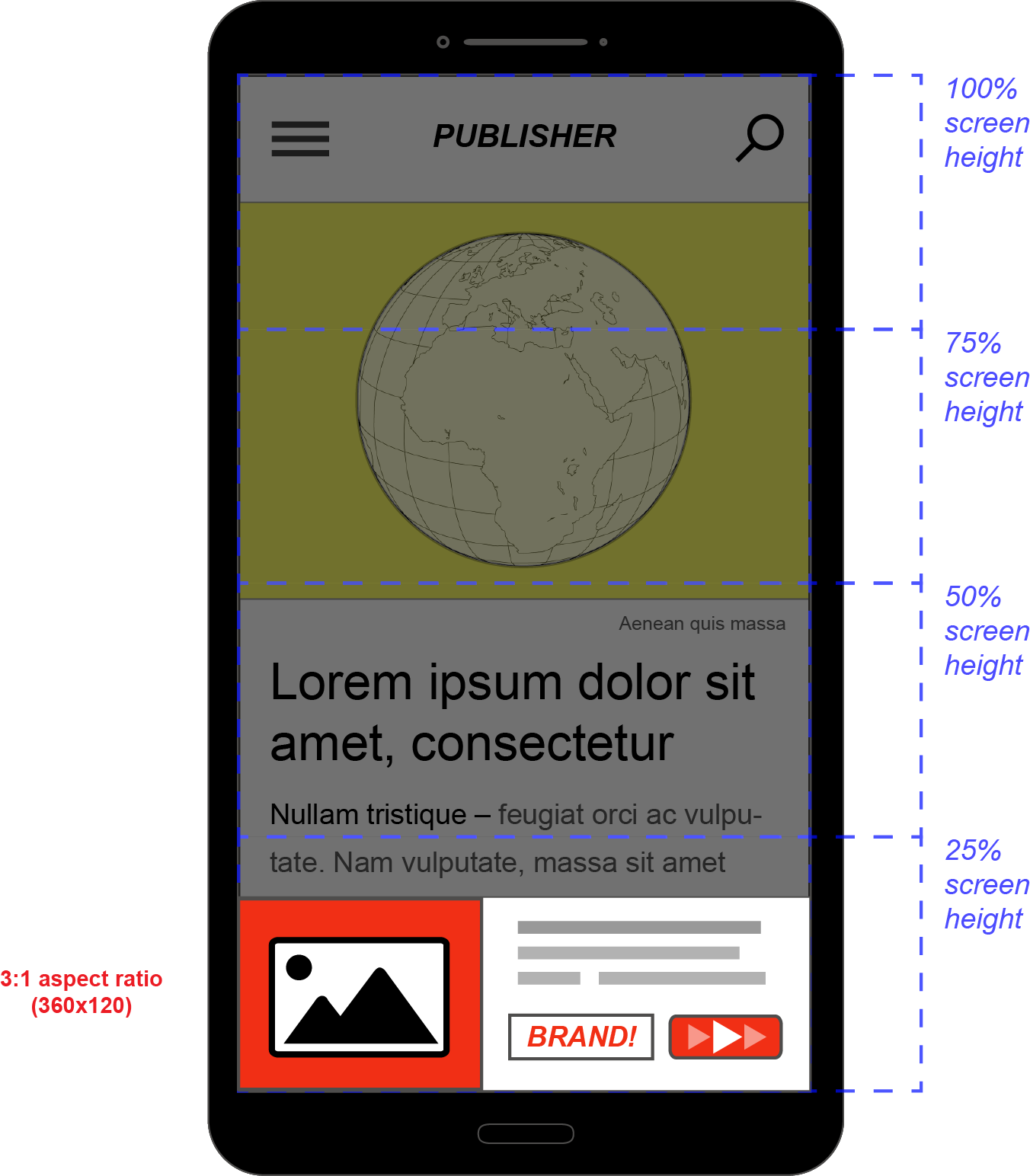
Mobile Adhesion Banner
Ratio: 4:1
Guideline says: YES!
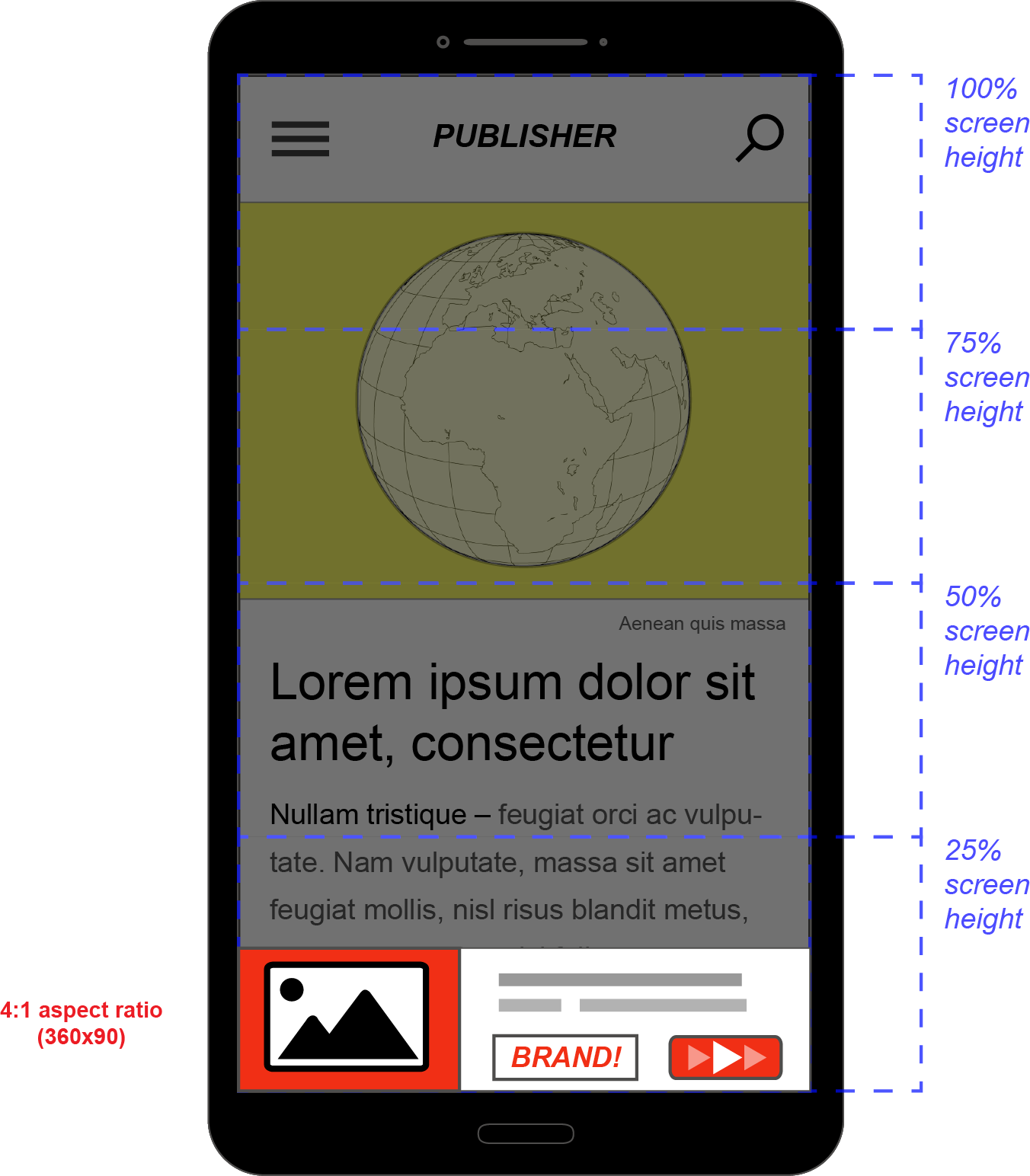
Mobile Adhesion Banner
Ratio: 6:1
Guideline says: YES!
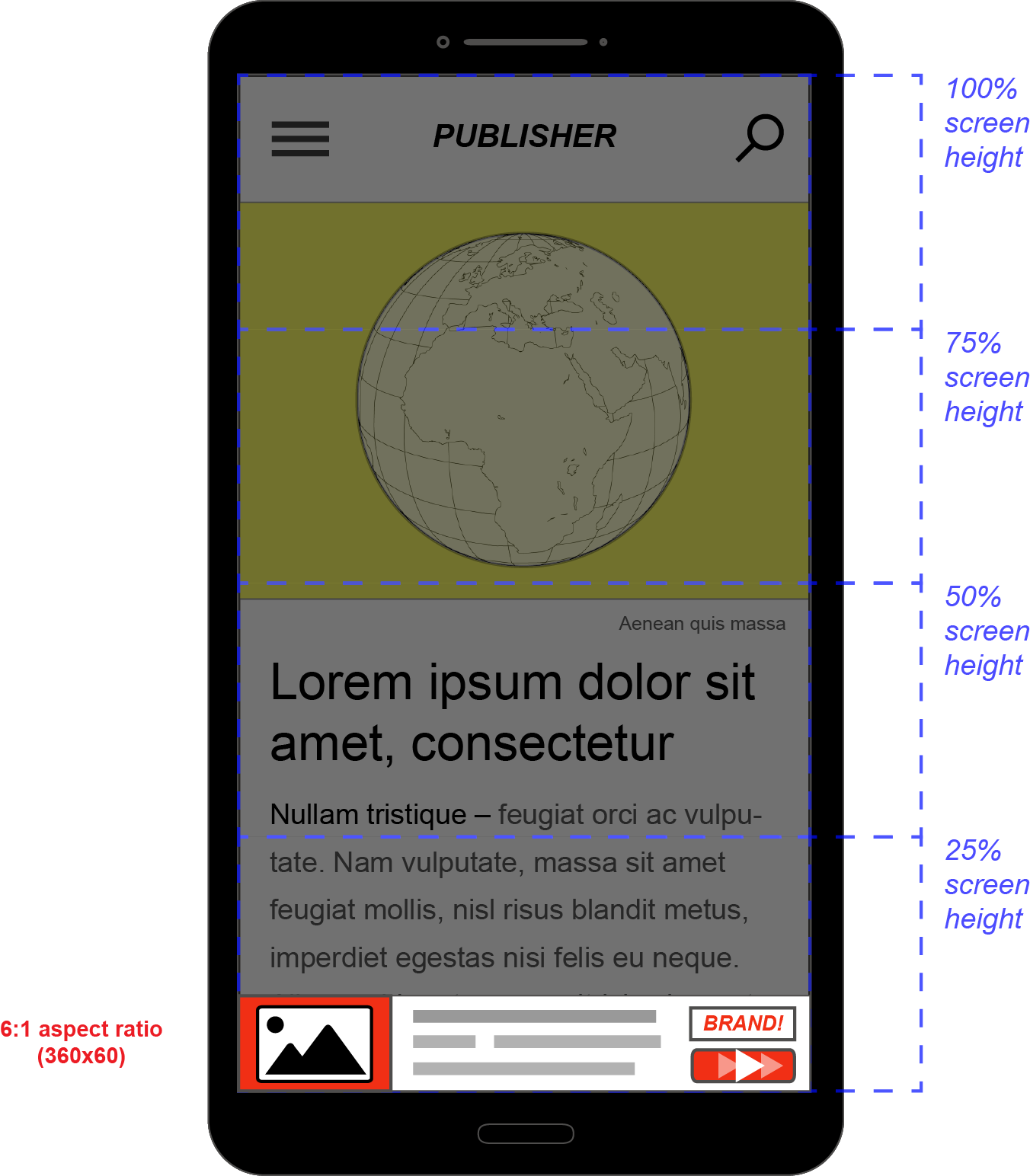
Augmented Reality (AR), Virtual Reality (VR), 360-Degree Video Ads, and More New Digital Content Experiences: Video Examples
Example of an augmented reality ad
In a partnership with Spotify, Coca-Cola turned its Coke cans into digital jukeboxes playing the most recent chart-topping songs with Blippar. Users could interact with the cans by pointing their mobile phone at the Coke can and activating the augmented reality experience.
Example of a 360-degree image ad
360-degree images can create immersive content to engage users. View an example of mobile travel with PostTapGyro and JetBlue.
Example of a VR 360-degree video
Experience a 360-degree video ad example from the promotion of The Conjuring 2 Visions horror movie, produced by Immersv.
- On a computer, you can point and drag your mouse on the video to experience the video in 360 degrees.
- On a mobile device, you can view the original (or raw) film capturing 360-degree views. Click here to view the 360-degree interactive video on YouTube. You will be able to touch and drag or move your device sideways or up and down to experience the video in 360 degrees from your mobile.
About the IAB Tech Lab
Questions? Email Support Terms of Use Privacy Policy iab.com Copyright 2024 IAB Technology Laboratory, Inc.